How to Prevent RFID Reader Interference in High-Traffic Environments?
485Struggling with RFID reader interference? Learn proven methods to eliminate signal noise in busy environments and maintain scan accuracy. Expert tips from Cykeo.
MoreAll RFID Product
If you’ve ever been responsible for managing your company’s tools, equipment, or IT assets, you know how painful it can be.
Spreadsheets pile up, audits take forever, and sometimes you just can’t find out where a piece of equipment went or who took it.
That’s why more companies are now turning to RFID fixed asset management systems.
Not because it sounds “high-tech,” but because it actually makes asset tracking simple, fast, and accurate.

RFID (Radio Frequency Identification) works like a small digital ID card for every item.
Each asset has an RFID tag containing a chip that can be detected by a reader.
When an item passes near an RFID reader, the system automatically logs its location, time, and status—no scanning, no typing.
For example, in a factory or office, you can walk through with handheld RFID reader, and it automatically detects all nearby equipment in seconds.
A process that used to take half a day now takes just a few minutes.
1. No more manual counting.
Inventory checks become automatic, saving hours and reducing errors.
2. Full visibility.
Whenever equipment is borrowed, moved, or repaired, RFID logs everything—so you always know where your assets are.
3. Theft prevention.
If an item leaves the area without authorization, the system sends an alert instantly.
4. Automated reporting.
No more Excel chaos. The software can generate real-time reports and audit records with one click.
A complete RFID fixed asset system usually includes:
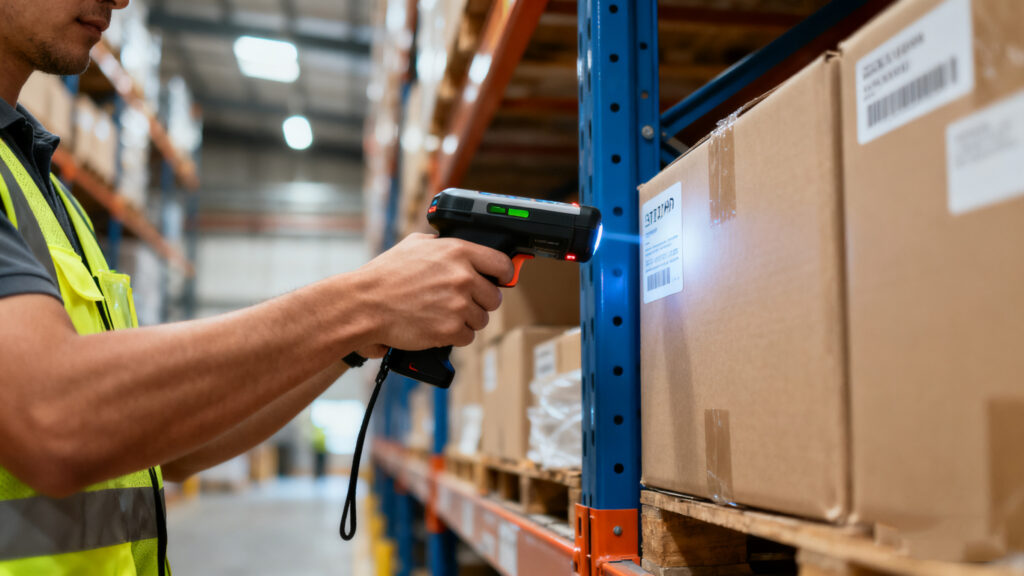
The workflow is simple:
Tags send signals → readers collect data → software updates the asset database in real time.
The cost varies by scale—from a few thousand dollars for small setups to large installations costing hundreds of thousands.
But the returns are clear:
And most importantly—no more stressful, time-consuming inventory days.
RFID fixed asset management isn’t just about technology—it’s about visibility and control.
When every item can report itself automatically, inventory checks become effortless.
As RFID technology becomes cheaper and more accurate, it’s quickly becoming the new standard for asset management.
Whether you run a factory, a hospital, or a government office—if you have assets to manage, RFID is worth the step forward.
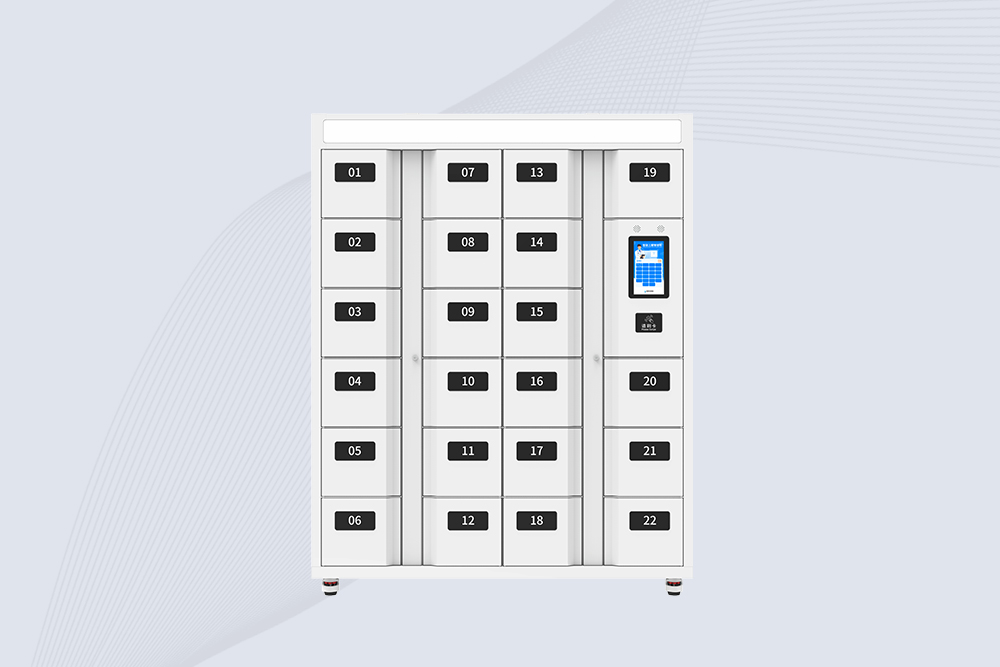
Cykeo CK-G2224 rfid linen management cabinet features modular lockers, 10.1″ Android screen, and 200+/sec scanning for hospitals/hotels. SAP/Oracle integration.
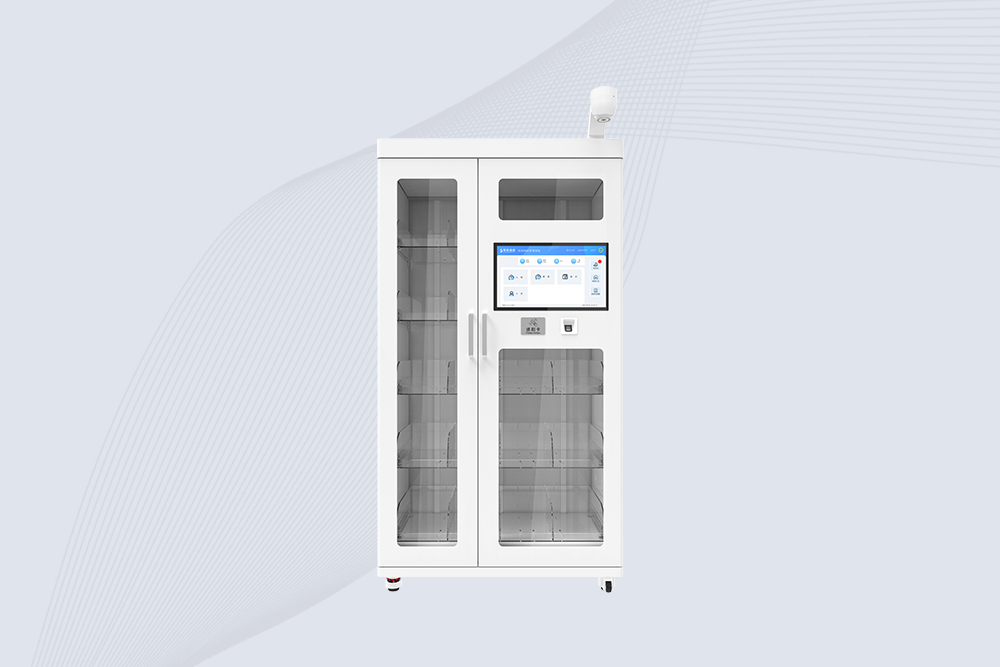
Cykeo’s RFID high-value consumables cabinet offers 500-implant capacity, FDA compliance, real-time Epic sync, and theft prevention for ORs/surgery centers.
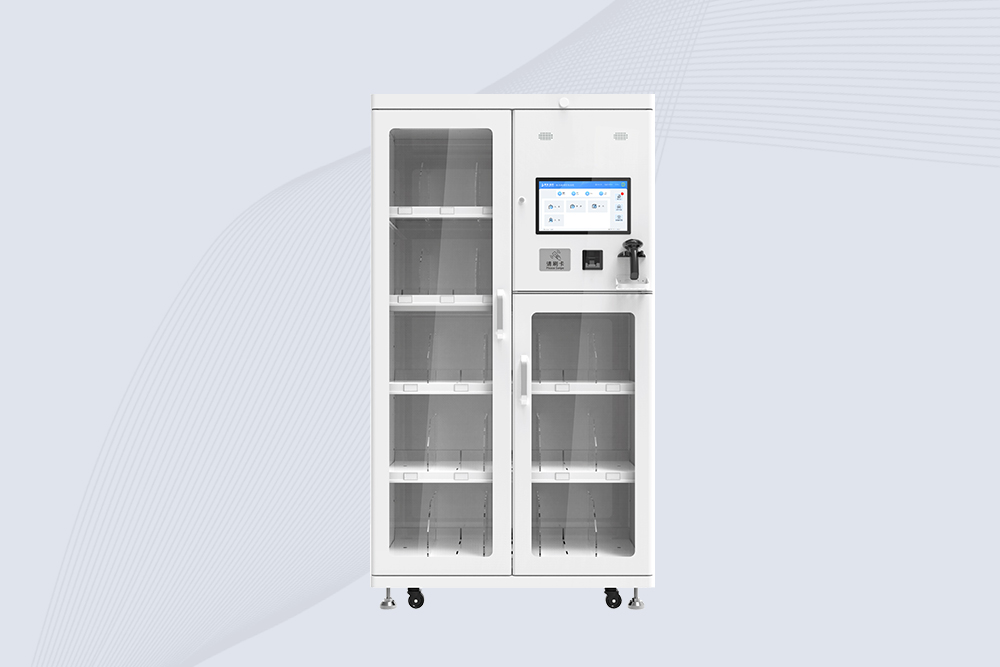
Cykeo’s low-value consumables cabinet offers 5-tier storage, HIPAA encryption, FDA compliance, and SAP integration for hospitals/clinics. Reduces stockouts by 70%.
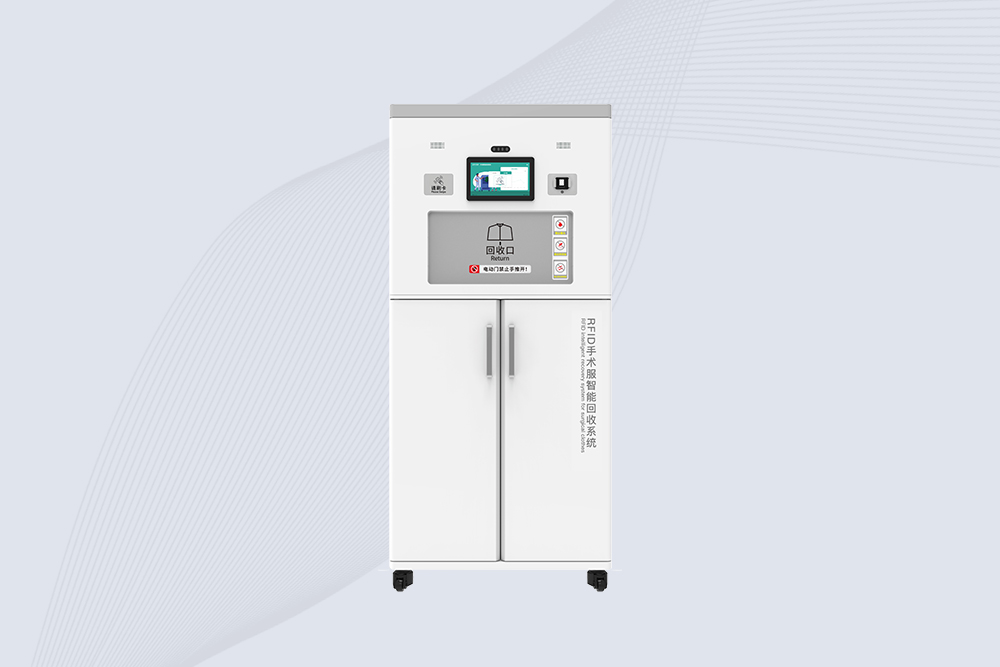
Cykeo’s RFID scrub return cabinet offers 50-gown batch scanning, HL7 integration, UV decontamination, and JCAHO compliance for hospitals/surgical centers.
Struggling with RFID reader interference? Learn proven methods to eliminate signal noise in busy environments and maintain scan accuracy. Expert tips from Cykeo.
MoreDiscover how RFID autoclave solutions improve sterilization tracking, equipment management, and inventory control in hospitals.
MoreUnderstand the differences between UHF and HF handheld RFID readers. Compare range, applications, costs, and choose the right technology for logistics, healthcare, or retail.
MoreRFID isn’t for everyone. Discover the 3 industries where RFID technology may cause more harm than good—and what to use instead. Expert analysis by Cykeo.
More